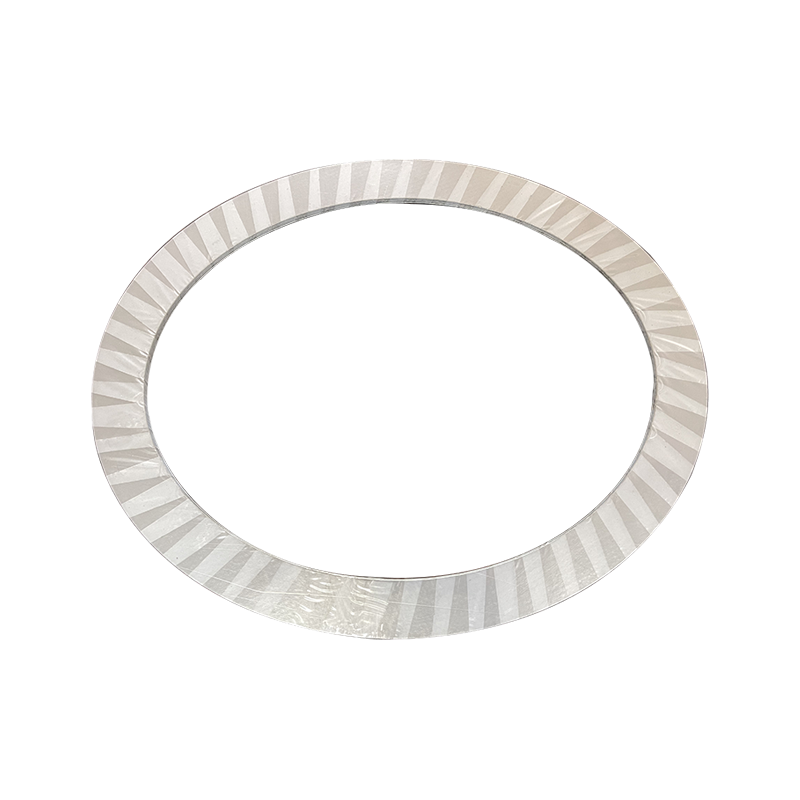Here are the translations for the provided text:
(1) The metal spiral wound gasket with inner and outer rings was not inspected before installation, and seals that did not meet requirements were installed.
(2) During installation, the processed sealing groove was not inspected. The groove had unchamfered edges, roughness, dimensional accuracy, and dimensional tolerances that did not meet requirements.
(3) It was not possible to ensure the cleanliness of the installation site, tools, and sealing groove during installation. There were impurities such as iron filings in the groove.
(4) Gear oil or grease was not applied to the lip of the seal during installation.
(5) Improper handling during the installation of the metal spiral wound gasket with inner and outer rings caused damage to the seal. When installing seals in areas prone to damage, such as threaded connections, protective cases or adhesive tape were not used for installation. Or when installing seals in areas with keyways, corresponding measures (such as filling the keyway with asbestos board or rubber sleeve) were not taken for maintenance.
(6) Some seals are specific in nature. If installed in the wrong orientation due to carelessness, they will not only fail to provide sealing but may actually cause leakage.
3. Improper Application and Storage
(1) The oil was contaminated, with excessive solid particle content that exacerbated seal damage. The presence of water in the gear oil accelerated component damage and corrosion, degraded the oil, and led to poor sealing.
(2) Continuing to use aged oil will corrode seals, and the hard oxide particles in it will further damage already corroded seals.
(3) If the compatibility between commonly used oil and seal rubber is poor, it will accelerate the deterioration of the rubber material. Gear oil must be used in accordance with the equipment user manual.
(4) Some irregularly shaped metal spiral wound gaskets that have been in use for many years have become deformed or aged but are still in use.






